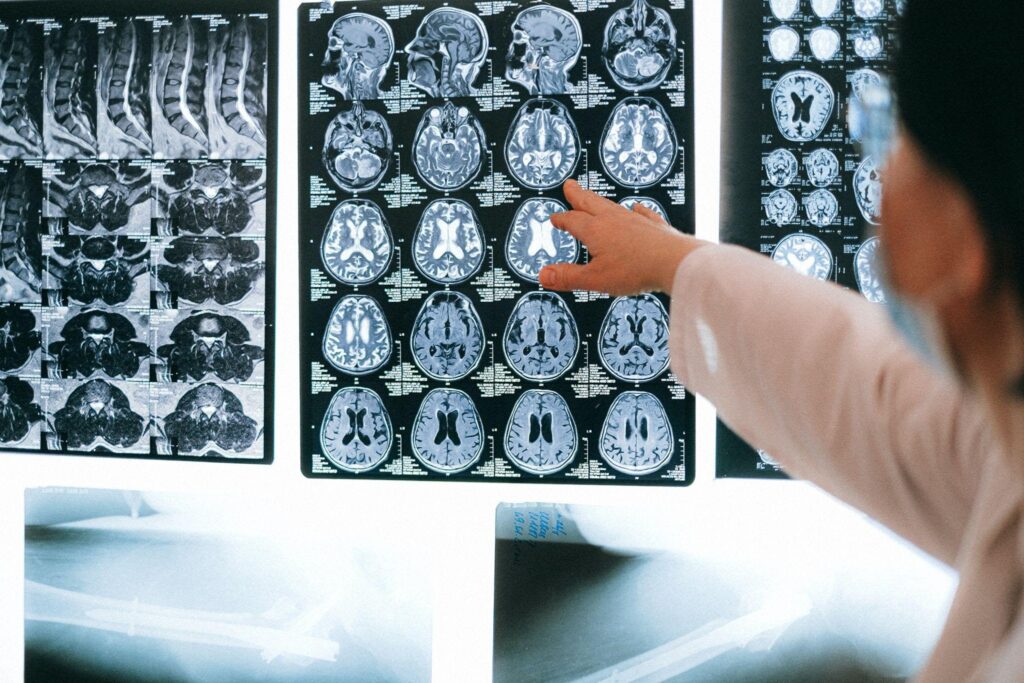Aging is a complex process that every human has to go through once they reach their time. Aging is a progressive set of changes that accompany the growing or increasing age of an individual and make a person susceptible to the harsh realities of life, diseases, and ultimately death.
Aging manifests in different forms in human beings. For some, it starts earlier than the expected time while for some, it may have already started but the changes might not have become evident physically. Whatever the age is and whatever the background history of the person is – they eventually have to become subject to aging as it is an inevitable reality.

Biologically speaking, aging is when the body’s internal functions and mechanisms start to slow down. The body realizes that it has worked in a perfect condition for so long and now, it is finally time for it to get some rest. As a result, the cellular functions start slowing down or deteriorating until the point that these cells no longer function as they were supposed to.
For many human beings, aging is considered to be a major setback – people consider it the end of their lifetime, which is not true of course, for nobody knows when they are going to die anyway. It is just that aging makes a person weak, inactive, and not as energetic and enthusiastic as they used to be before.
Therefore, people who want to avoid getting old for as long as possible try different methods, medicines, exercises, and fitness diet plans to delay their aging. This does help, but not that much, and is also subjective on the person and their history.
So, when genetic engineering started to look out for ways that could help stop or alter the process of aging, it was indeed considered as a hopeful sign, provided that the latest genetic editing techniques have been nothing but greatly promising in showing useful effects.
Aging and the CRISPR/CAS9 Technique
The part concerning aging where it begins to predispose an otherwise normal, healthy individual to several aging-related disorders is what concerns the doctors and researchers alike. There are several aging-related disorders that once ensued, cannot be reversed again.
This irreversible nature is due to the body not being in an ideal state to fend off the causative factors. As a result, a person ultimately has to succumb to these chronic diseases that cost them a lot, sometimes even the rest of their lifetimes. Some of the diseases that raise concerns along with the increasing age of a person include Cancer, Inflammatory, Metabolic, Neurodegenerative Diseases, etc. among others.
However, an interesting link was discovered while the scientists were busy working in finding out the possible practical applications of the CRISPR-CAS9 technique. The CRISPR/CAS-9 technique is a modern-day way of editing genes and their DNA. This technique could easily allow the researchers to manipulate an organism’s DNA as they want for the betterment of health and other related factors.
In terms of aging, the CRISPR/CAS-9 technique was found to reverse, reduce, or completely eliminate the effects of aging, and thus, increase the lifespan of a human being. Even if this research is in its initial stages right now, it is indeed considered to be a ray of hope that could ensure that humans would be able to live a little bit longer.
Aging-Related Diseases and The Impacts of Applying CRISPR/CAS-9 Technique:
The main target right now is to identify that particular gene or group of genes that are responsible for causing the aging-prevalent diseases in the first place. Only then could the researchers manipulate it and delete or alter its settings as needed.
So far, scientists have subjected some of the known groups of genes to the CRISPR/CAS-9 technique. The results have remained favorable, indicating that this technique could very well be effective in reversing all these diseases after all.
A summary of the results of the various aging-related diseases that were subjected to the CRISPR/CAS-9 technique is given as follows:
Alzheimer’s Disease:
Alzheimer’s Disease is one of the most prevalent diseases that are present in an older individual. It is well-known that this disease occurs due to mutations in the APOE (Apolipoprotein A) gene, out of which the APOE4 gene is the one that is majorly mutated.
Since CRISPR/CAS-9 was originally meant to manipulate and edit the DNA sequence of a specific genome, the researchers here subjected it to a slightly different mission, and that was to tether the CAS-9 to an enzyme that was capable of changing one gene into another. The otherwise normal function of CAS-9 was to cut the DNA, but this was prevented here.

The result was the conversion of the APOE4 gene into APOE3-like alleles, which were seen in healthy brains and had no link whatsoever with the pathogenesis of Alzheimer’s, thus proving the successful execution of this technique.
Huntington’s Disease:
Huntington’s Disease is another age-related neurodegenerative disorder in which the cerebral cortex and the basal ganglia of the brain are the most affected regions. It causes the malfunctioning of the areas and functions that they perform.
Genetically speaking, this disease occurs due to elevated levels of the mutant Huntingtin (HTT) gene. This gene increases the CAG nucleotide sequences within the DNA, resulting in the pathogenesis of Huntington’s disease.
For countering this, the CRISPR/CAS-9 technique was specially altered to specifically edit an allele – the mutant HTT gene. When the trial was carried out, it was seen that it was able to reduce the amount of HTT gene significantly to levels that were assumed to be safe from causing the progression of the disease towards fatality.
Prostate Cancer:
Prostate Cancer is one of those cancers that causes a man to present with its symptoms during the age group ranging between 40-50 years. It is the second most commonly diagnosed type of cancer in men. Once diagnosed, it could significantly alter the lifespan of a man and cause him to die at an earlier age.
Genetically, there is an increased expression of the Androgen Receptors (AR) that are seen to have an upper hand in controlling cell proliferation, apoptosis, migration, and invasion. They were also seen to be increased within the prostate cancer cells.
For this, the CRISPR/CAS-9 technique was used to specifically target these Androgen Receptors (AR). This experiment demonstrated a successful impact and showed that the growth of the prostate cancer cells was reduced, thus once again proving the therapeutic potential of this technique.
Conclusion:
The CRISPR/CAS-9 technique has so far demonstrated brilliant results in reversing the effects of potentially fatal age-related diseases. These diseases do not only cause morbidity and mortality but also increase the age-related effects in people, thus causing them to become debilitated and restricted in their movements from the very beginning of this process. But thanks to the CRISPR/CAS-9 technique, now this could be reversed very soon.
References:
- Harman D. (1981). The aging process. Proceedings of the National Academy of Sciences of the United States of America, 78(11), 7124–7128. https://doi.org/10.1073/pnas.78.11.7124
- Salk Institute. (2019) CRISPR/Cas9 therapy can suppress aging, enhance health and extend life span in mice. ScienceDaily. Retrieved August 17, 2021 from www.sciencedaily.com/releases/2019/02/190219111747.htm
- Adli M. (2018). The CRISPR tool kit for genome editing and beyond. Nature communications, 9(1), 1911. https://doi.org/10.1038/s41467-018-04252-2
- Caobi, A., Dutta, R. K., Garbinski, L. D., Esteban-Lopez, M., Ceyhan, Y., Andre, M., Manevski, M., Ojha, C. R., Lapierre, J., Tiwari, S., Parira, T., & El-Hage, N. (2020). The Impact of CRISPR-Cas9 on Age-related Disorders: From Pathology to Therapy. Aging and disease, 11(4), 895–915. https://doi.org/10.14336/AD.2019.0927
- Haston S., Pozzi S., Gonzalez-Meljem J.M. (2020) Applications of CRISPR-Cas in Ageing Research. In: Gomez-Verjan J., Rivero-Segura N. (eds) Clinical Genetics and Genomics of Aging. Springer, Cham. https://doi.org/10.1007/978-3-030-40955-5_11
